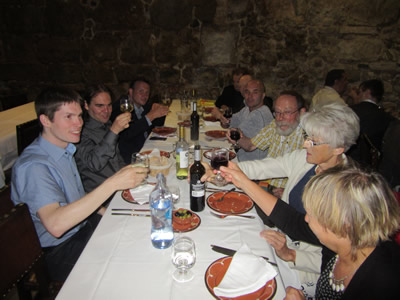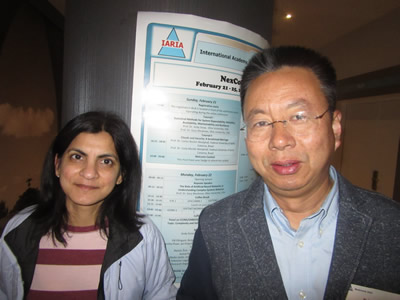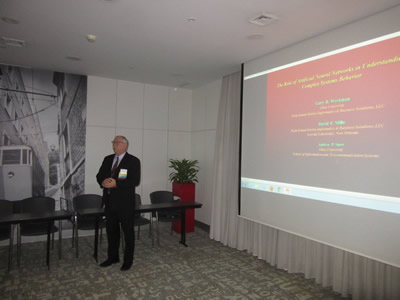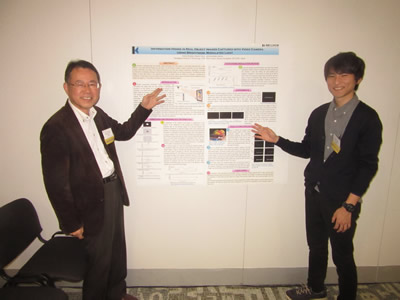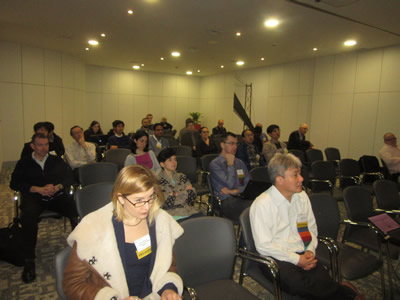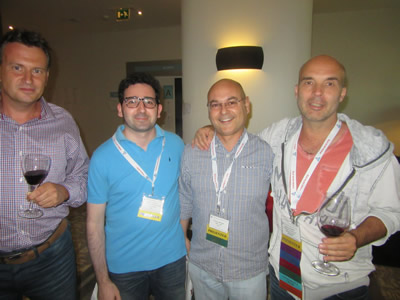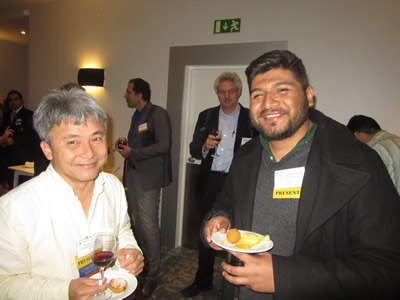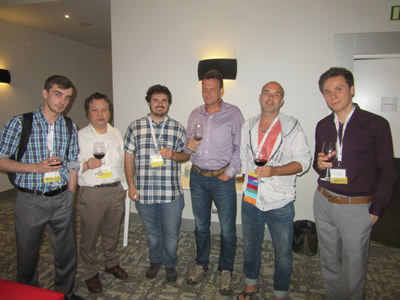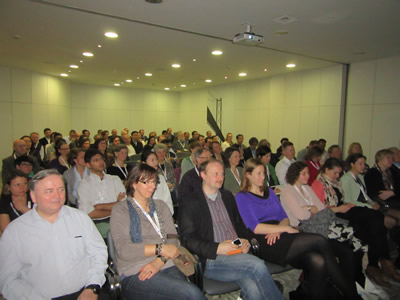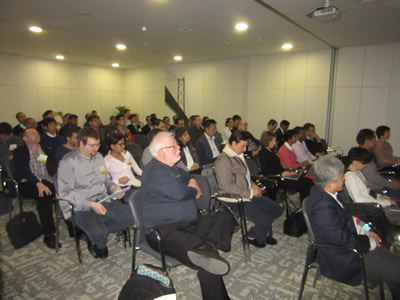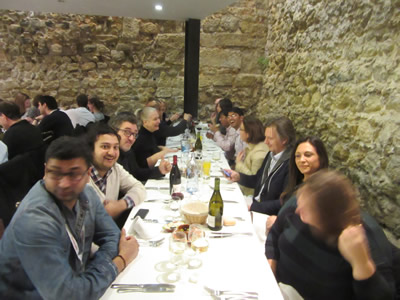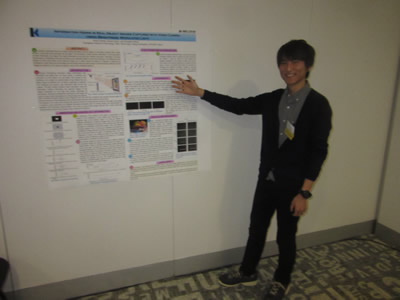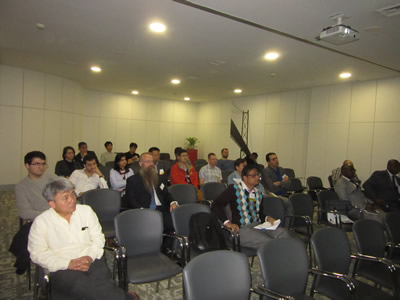ICN 2020 - The Nineteenth International Conference on Networks
February 23, 2020 - February 27, 2020
ICN 2020: Tutorials
T1. Vehicles to Everything Communications and Services on 5G Technology
Prof. Dr. Eugen Borcoci, University POLITEHNICA of Bucharest, Romania
Vehicles and transportation systems are essential parts of the today society, being driving factors for the development of vehicular networks and associated services. The initial applications aimed the traffic safety and efficiency only. Specific communication technologies like Dedicated Short-Range Communications (DSRC), architectural stacks like Wireless Access in Vehicular Environments (WAVE), etc., have been developed in the framework of Intelligent Transport System (ITS). The basic communication technologies are wireless (WiFi, 3G/4G/5G), usually combined with Vehicular Ad hoc Networks (VANET) infrastructures. The vehicular-to-everything (V2X) concept is an extension of the basic model, comprising several communication modes like: vehicle-to-vehicle (V2V), vehicle-to-pedestrian (V2P), vehicle-to-road infrastructure (V2R/V2I), and vehicle-to-network (V2N) (as defined in 3GPP documents). A recent, novel extension is Internet of Vehicles (IoV), seen as a global network which includes V2X. The IoV objectives include vehicles driving services but also others - like vehicle traffic management in urban or country areas, automobile production, repair and vehicle insurance, entertainment services, road infrastructure construction and repair, etc.
The fifth generation 5G technology is a strong candidate to support the IoV/V2X communications. It has been designed to satisfy a large set of different requirements of the various stakeholders. The (5G) systems are conceived as highly flexible and programmable end-to-end communication, networking, and computing infrastructures proving increased performance (throughput, latency, reliability, capacity, and mobility). In particular, V2X can benefit from 5G at both the system and application levels. A powerful concept of 5G is network slicing, where several logical, dedicated and mutually isolated networks can share the same physical infrastructure. A network slice is a collection of core network (CN) and radio access network (RAN) functions, configured to meet the diverse requirements of tenants. In particular, dedicated 5G slices can be constructed for V2X use cases to meet their special requirements (e.g., low latency, high reliability, security, throughput, mobility). However, due to the high dynamicity of the environment, the complexity of V2X services, and the expected edge-dominated network infrastructures, V2X slicing support is more complicated than in other 5G contexts. This tutorial identifies the key V2X requirements, summarizes the 5G concepts and then discuss the architectures, methods and mechanisms to serve V2X communications and, in particular, how to construct V2X dedicated slices.
T2.Using the BlueLab IoT Systems
Dr. Vitor Vaz da Silva, Instituto Superior de Engenharia de Lisboa (ISEL) / Instituto Politécnico de Lisboa (IPL), Portugal
The BlueLab IoT is a platform to store data that is produced by stations with sensors, and it also allows the data to be retrieved by the user. To use the platform a user must create an account using an email or phone number. A user can have several profiles which are alias to the account. Those profiles are used on the stations to get a session through which it sends data to the BlueLab IoT system. The same profile can be used in more than one station. A station has a unique identifier. A user can select data within a time and sequence range to be used as data frames. Data frames can be shared between users. Data frames can be grouped as data libs and added to a user project. The BlueLab IoT platform is still under development.
This tutorial is the first to be made about the BlueLab IoT and it is stable enough to undergo usage and testing by others. The tutorial starts by comparing the BlueLab IoT with other equivalent IoT platforms. It continues with an explanation about the concepts of the BlueLab IoT and followed by some examples and scenarios in which the components of the system are better understood.
Attendants can also try it if they want by bringing along an ESP8266 or ESP-32 development kit and a portable computer with the Arduino system installed. Examples of fixed stations will be presented.
The concept can also be demonstrated by using an Android smartphone app that can be downloaded during the tutorial.





